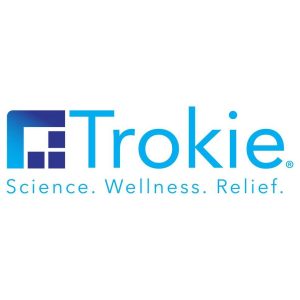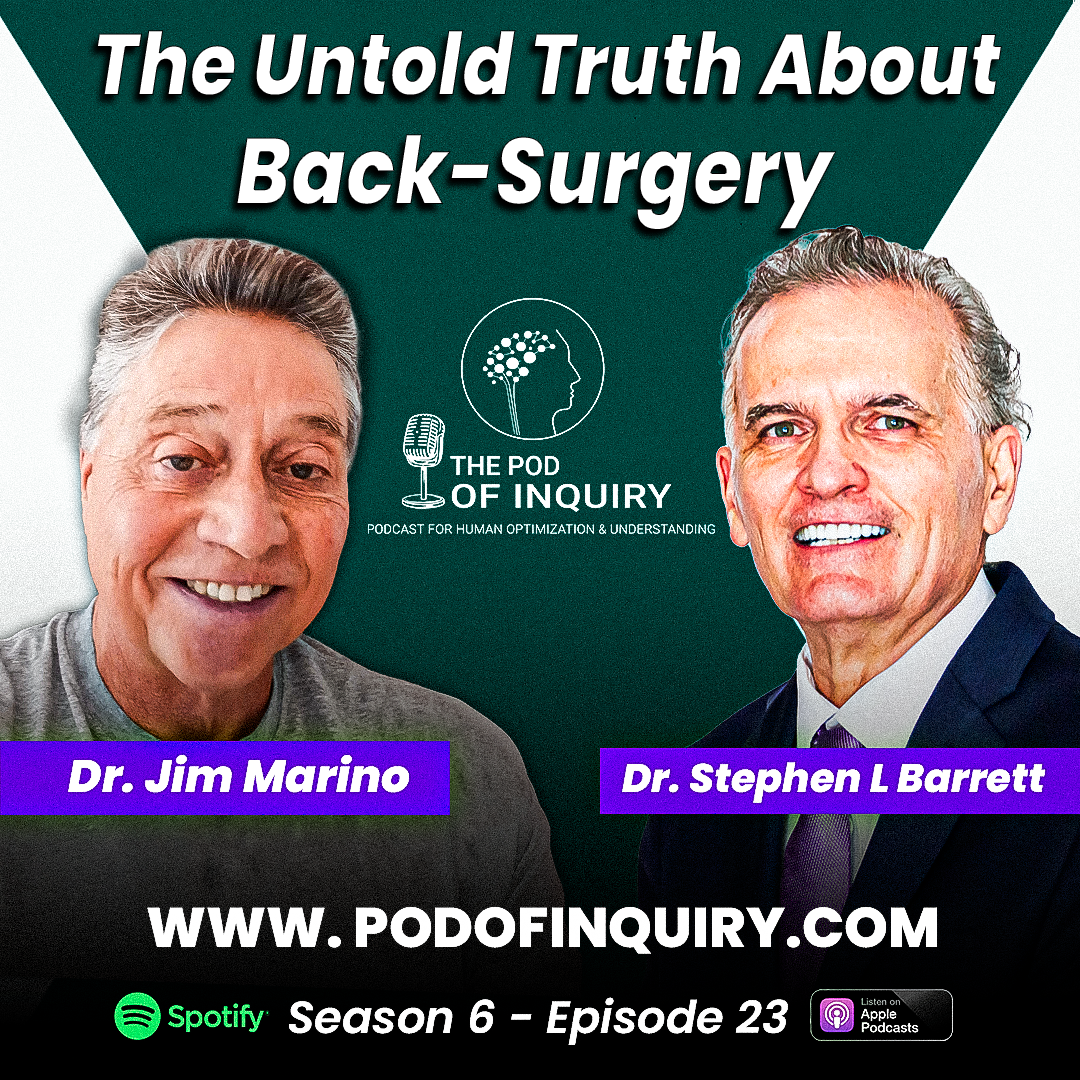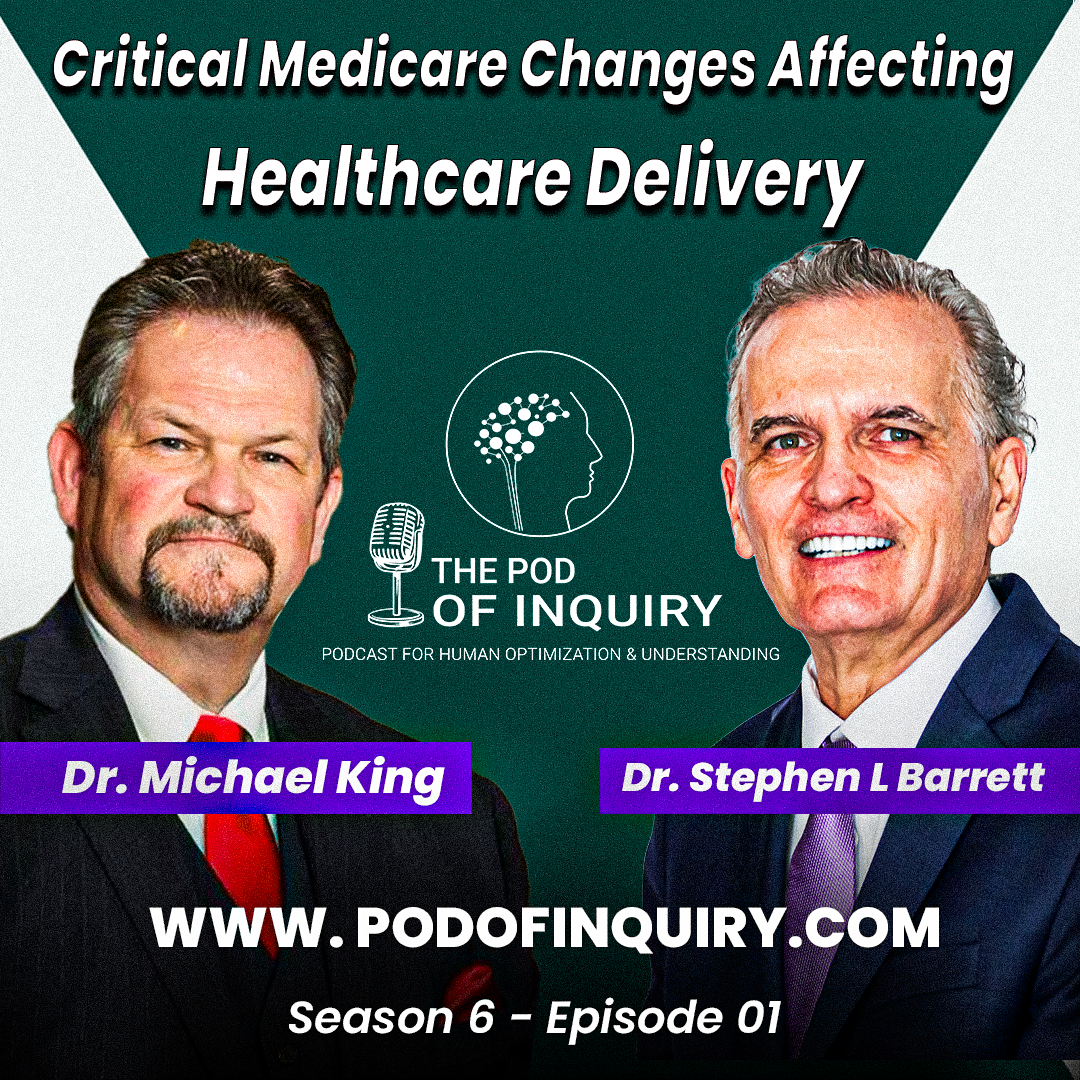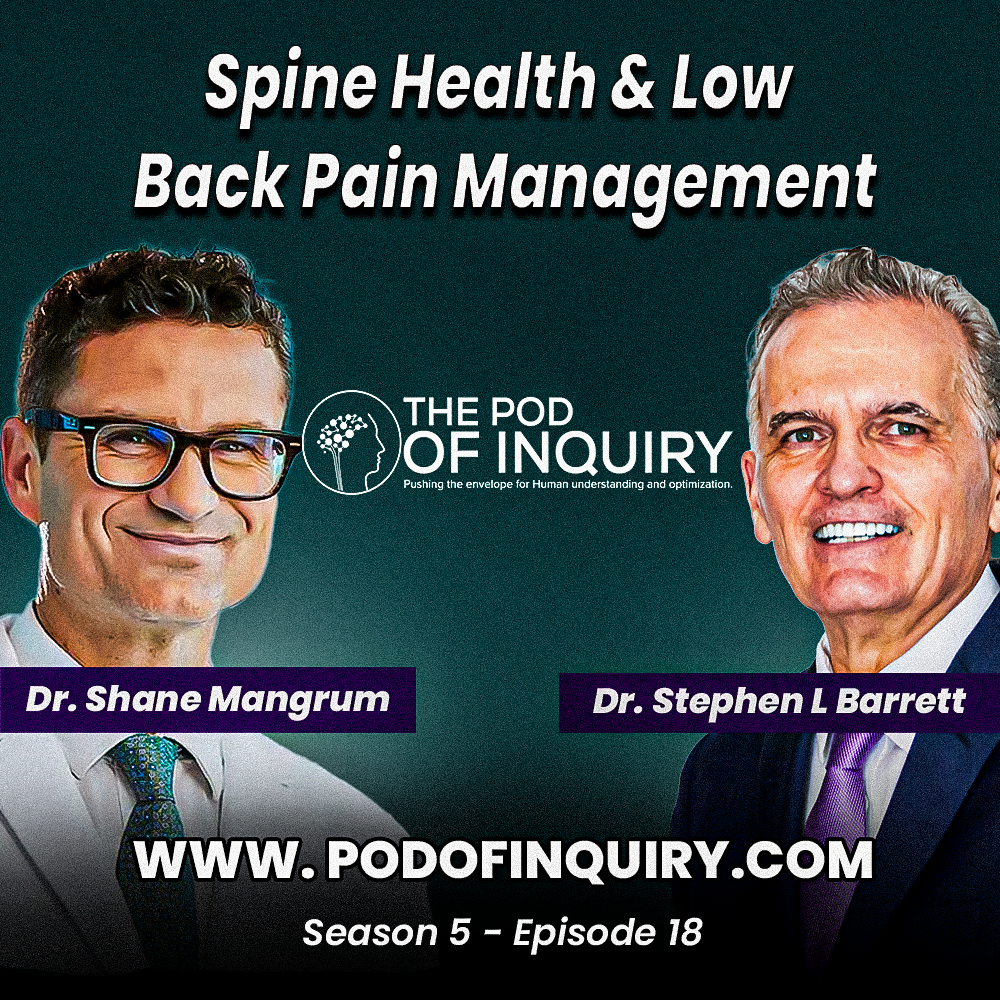In this episode, Dr. Steiner will discuss:
- The basics of bone grafting and its applications
- Latest advancements in bone grafting techniques
- Common misconceptions about bone grafts and their incorporation
Join us for this informative conversation that demystifies an important medical procedure.
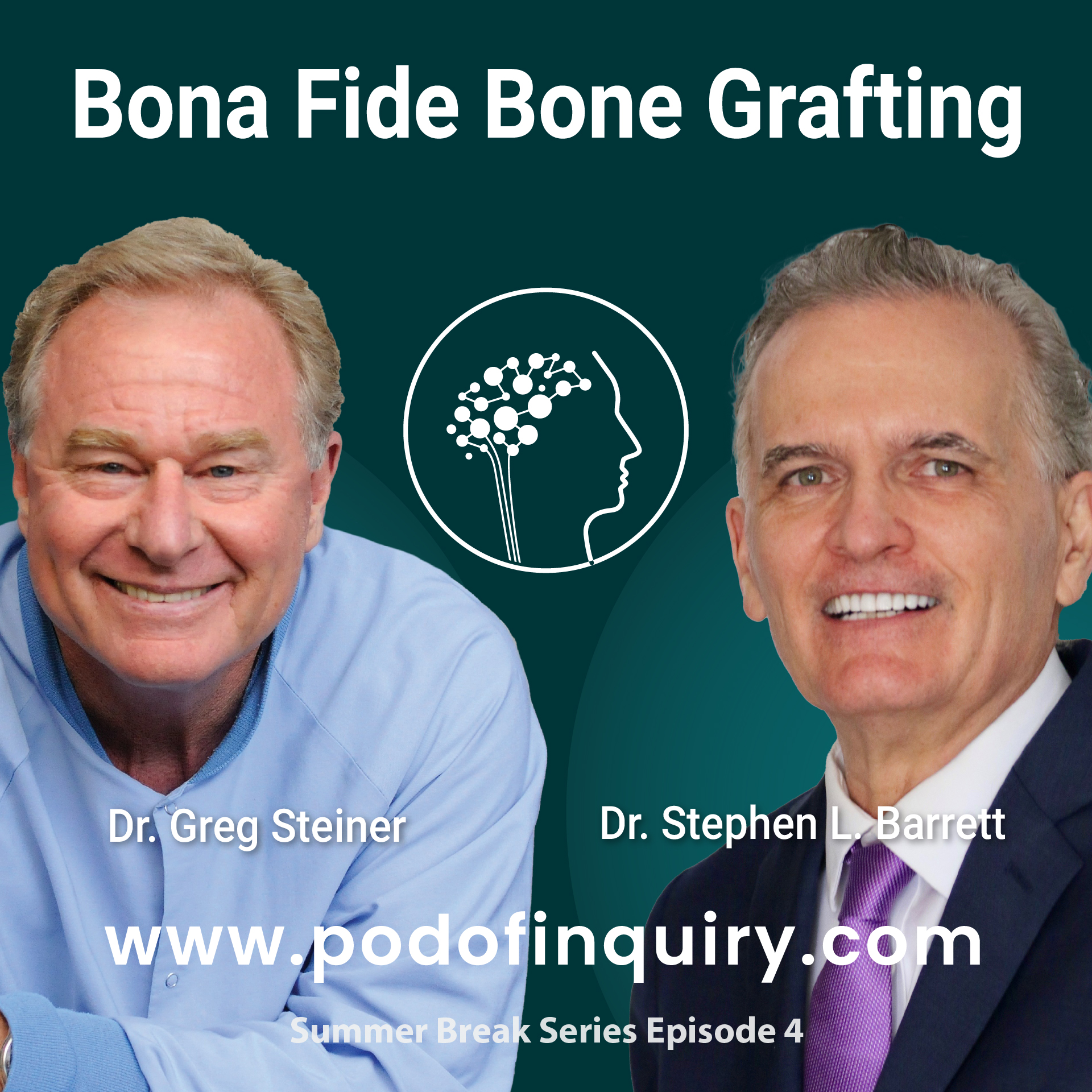
Watch The Podcast for Podiatrists
Listen to The Podcast for Podiatrists
Also available on
Show Notes from this episode
Dr. Steiner’s two main interests are travel and a love of the ocean. Dr. Steiner has circumnavigated the globe, taking two weeks off every three months while practicing periodontics to sail from California across the Pacific Ocean, Indian Ocean, Mediterranean Sea, and finally the Atlantic Ocean. Currently, his interests include sailing, surfing, and outrigger canoe paddling.
Dr. Steiner took a sabbatical from dentistry in 1995 to pursue other interests, which led to research identifying the causative agent for the reduction of the cancer incidence rate found in the Pacific Island Nations. Other research led to the development of a medical treatment for alcoholism, which resulted in the issuance of a US patent. As a result of this work, Dr. Steiner was asked to be co-author of the monologue on Cancer in Africa, published by the National Cancer Institute of France.
Eventually turning his interests back to dentistry, Dr. Steiner founded Steiner Laboratories, one of the few companies currently applying tissue engineering principals to the field of bone regeneration. In 2006, Steiner Laboratories received FDA approval for its line of bone grafts. Today, Steiner Laboratories is active in the development of innovative bone grafting materials and surgical therapies to solve some of dentistry’s most challenging problems. At this time, Dr. Steiner splits his time acting as CEO of Steiner Laboratories in Henderson, Nevada, and practicing periodontics and dental implants at Blue Oak Dental.
Summary
- Bone grafting techniques and regenerative medicine with a renowned expert. 0:00
- Greg Steiner shares insights on bone grafting techniques and regenerative medicine.
- Expert discussion of the science behind bone grafting, challenges, and ethical considerations.
- Steiner quit dentistry after realizing no improvements in therapy, despite years of education and training.
- Steiner returned to practice after 5 years, developing new techniques and products to address shortcomings.
- The limitations and inaccuracies of cadaver bone grafts in dentistry. 6:19
- Steiner reveals flaws in cadaver bone grafts and their poor results.
- Steiner reveals 20-year research on bone grafts, challenging dental academia's norms.
- Dentists in the US are taught to use cadaver bone grafts exclusively, despite cultural and scientific objections.
- The complexity of bone grafting and the importance of scientific evidence. 12:50
- Steiner discusses the resistance to changing dental paradigms, citing Max Planck's quote on the inevitability of death and the need for new generations to challenge outdated beliefs.
- Steiner criticizes biased research in dentistry, highlighting deficiencies in methodology and the impact on the field, as demonstrated in a letter to the Journal of Periodontology's new editor.
- Steiner explains the complexity of bone and the need for extensive education to understand histology slides (13 words)
- Steiner discusses the shift towards science-based bone grafting and the impact on sales
- Bone grafting in dentistry and orthopedics, with insights on the differences and challenges in each field. 19:09
- Barrett and Dr. Steiner discuss the limitations of cadaver bone and the importance of understanding the complexities of bone biology.
- Steiner shares insights on how the immune system is closely linked with bone health, and how studying bone can be a lifelong pursuit of knowledge.
- Dentistry and orthopedics have different approaches to bone grafting, with dentistry relying on cadaver bone grafts to support implants.
- Dentistry has advanced bone grafting and regeneration techniques due to availability of harvesting sites, allowing for constant research and improvement.
- Steiner discussed the connection between oral health and overall body health, highlighting the importance of maintaining good oral hygiene to prevent infections and complications.
- Steiner shared his experience with placing bone grafts in periodontal surgery, mentioning the risk of developing osteomyelitis and the importance of proper infection control measures.
- The unique properties of the jaw and how it handles oral infections differently than the rest of the body. 27:01
- Steiner argues that the mouth is unique and has evolved to compartmentalize oral infections, preventing them from spreading to the rest of the body.
- Steiner criticizes dentistry for not taking proper care of wounds after tooth extractions, leading to complications like dry sockets and bacterial infections.
- Bone grafting techniques and their effects on healing. 32:44
- Steiner explained that the use of ozone in dentistry is becoming more common for treating residual infections after tooth extraction.
- Steiner emphasized the importance of using a bone graft that completely goes away and doesn't leave any residual material in the bone.
- Steiner explains that cadaver bone grafts can cause chronic inflammation leading to scar tissue formation, which can result in mineralization and impaired healing.
- Avoiding chronic inflammation through proper wound care and surgical techniques can help prevent scarring and promote normal tissue regeneration.
- Dental implant success rates and the use of cadaver bone grafts. 38:20
- Steiner estimates higher failure rate for dental implants due to various factors.
- Steiner highlights the lack of scientific evidence for cadaver bone grafts in dental implant procedures.
- Steiner’s company conducted a 3-year study on their synthetic bone graft material with 100% success rate, but similar research is not available for cadaver bone grafts.
- Bone graft innovation and early implant placement for faster healing. 42:13
- Steiner aimed to create a bone graft that stimulates bone formation and disappears from the body.
- Steiner’s bone graft contains a small organic compound that stimulates bone growth.
- Steiner explains how their bone graft innovation stimulates bone formation, allowing for earlier implant placement (1 month after extraction) for faster recovery.
- The patented molecule in their bone graft prevents the cells from running out of gas, ensuring continuous bone formation and eliminating the need for a second surgery.
- Bone regeneration and osteoporosis prevention using local anesthetic and bone graft. 47:31
- The cells that attach to an implant are the same cells that bond the bone or bond the implant, and they need to be active for the implant to be stable.
- The body reacts to load on an implant by reorganizing itself and forming mature bone, but you have to wait long enough for the implant to be stable before loading it.
- Steiner explains osteoporosis as a disease where bone is removed faster than it's built, leading to weakened bones.
- Steiner’s company provides a preventive therapy for osteoporosis by regenerating bone through local anesthetic and bone graft injection.
- Morton's neuroma treatment and prevention. 52:38
- Steiner discusses the importance of educating oneself about dental problems and feet problems.
- Steiner's company, Steiner Bio, provides information for patients on their website.

